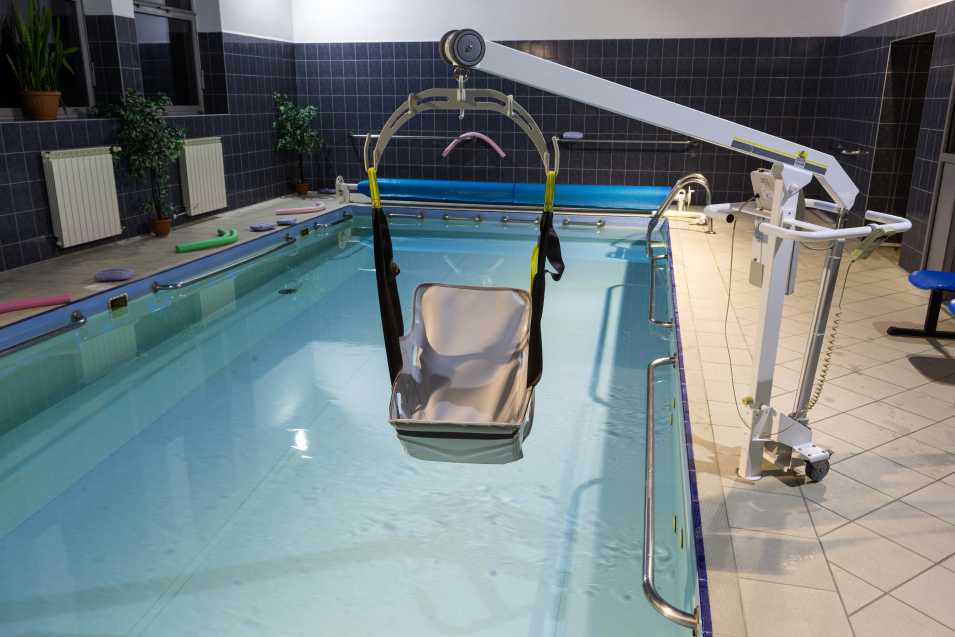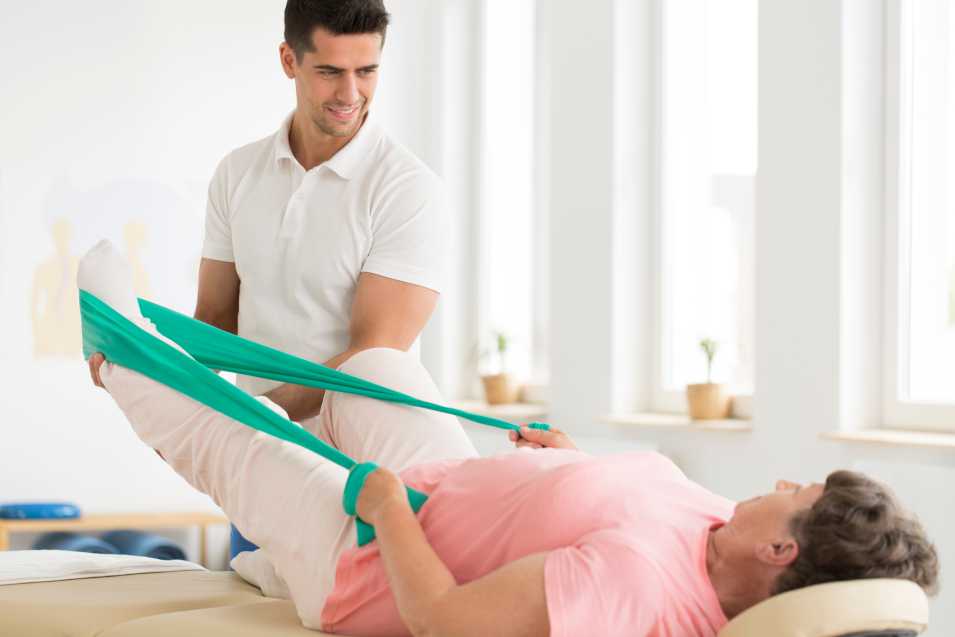A key component of recovery following a stroke is physiotherapy. Patients get mobility, strength, balance, coordination, and independence once more.
It also helps the brain pick up specific skills and activities following a stroke. We name this mechanism neuroplasticity.
Strengthening Exercises
With strengthening exercises, stroke patients can increase their strength, improve activity, and reduce spasticity. In fact, a meta-analysis found that strengthening interventions increase strength (standardized mean difference [SMD] 0.33, 95% confidence interval [CI] 0.13 to 0.54) and activity (SMD 0.32, 95% CI 0.11 to 0.53) without increasing spasticity.
Exercise can help stroke survivors regain movement in their hands and other muscles involved with daily tasks like eating or dressing. The occupational therapist Sarah Lyon recommends three easy at-home exercises to speed up the return of hand function after stroke.
Hold a water bottle with your non-affected hand to do this arm recovery exercise and push the bottle laterally across a table. Your affected arm should then be pushed back to the starting position. Repeat the movements ten times.
Range of Motion Exercises
A healthy range of motion (ROM) is essential for a body that functions comfortably and productively. A joint’s ability to flex and extend is determined by the strength and flexibility of its bones, ligaments, muscles, tendons, and connective tissue.
The Centers for Disease Control and Prevention (CDC) recommend a range of motion for joints of 133 to 153 degrees, depending on age and gender. A limited ROM can limit your mobility, decrease your quality of life, and increase your risk of injury.
Fortunately, stroke patients can improve their range of motion through physical therapy. Using both passive and active range of motion exercises, physical therapists reduce spasticity in the affected joints and limbs and regain the strength and control lost during the stroke.
Hand exercises, for instance, are a terrific method to increase strength and dexterity and help to ease stiffness. You could ask a friend or relative to assist you, or perform these activities on your own. To get notable results, do these workouts minimum three times a week.
Mobility Exercises
For stroke patients, physical therapy mostly consists in mobility exercises. They improve balance and coordination, strengthen muscles, and help to reduce fall-related risk of injury.
Working with you, your therapist will create goals based on your interests and aptitudes. Among these could be rising from a chair, walking or climbing stairs.
Using an orthosis, prosthesis, cane or walker will also help you remain mobility following a stroke.
These workouts require little equipment, hence they could be carried out at home. After leaving the hospital, they are an excellent approach to keep strength and mobility.
One of the most important things to remember while working on rehabilitation activities is feeling safe and comfortable. Stop and ask your doctor for aid if you feel pain or other discomforts. This is so that the soreness should be taken care of right away since it could suggest that you are aggravating fresh injury to your muscles and joints.

Physical Therapy For Stroke Patients – Hydrotherapy
Hydrotherapy is a treatment method resulting from the usage of water as a therapeutic medium. This covers bathing in a warm bath at home, using specialized tanks or pools or even shower with pressurized jets using either cold or hot water.
Although it’s not always successful for every condition, many patients find it beneficial to augment other hydrotherapy treatments to alleviate pain and boost flexibility and mobility. After surgery or injuries limiting patients’s range of motion or strength, it can also help them recover.
Patients visiting Orthopaedic Hospital of Wisconsin for a variety of diagnosis and concerns including Postural Orthostatic Tachycardia Syndrome, Cerebral Palsy, Fibromyalgia, Multiple Sclerosis, and any pain, movement, or flexibility problems.
For those suffering pain during land-based activities such as squatting or balancing, pool physical therapy is particularly helpful. Working in the water lets patients feel more at ease doing these exercises, which is quite important for raising their general confidence.
Related Article: Float Therapy NYC
